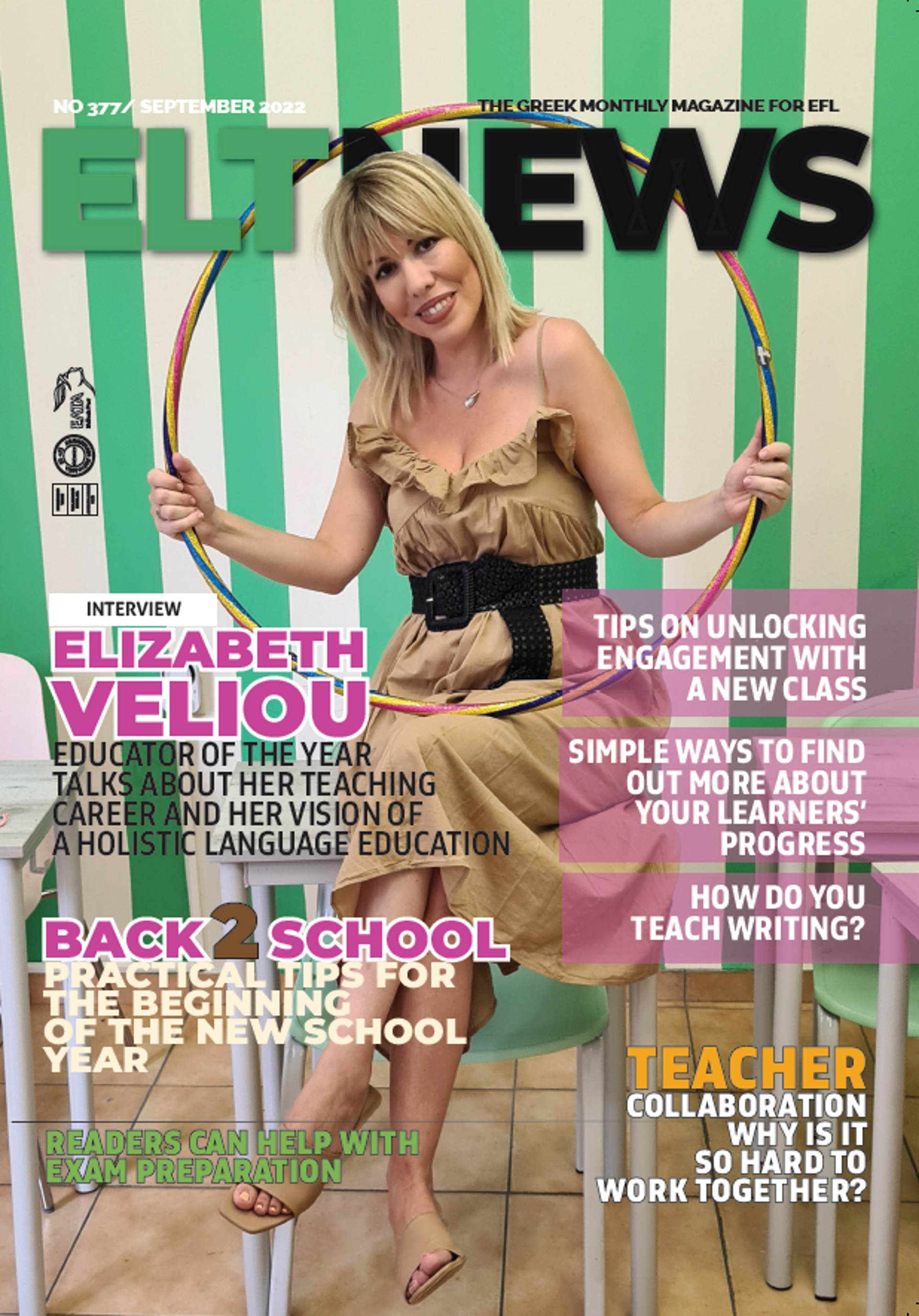School teachers’ quality of work is unique not only in the quantity of work required of them but also primarily in the complexity and nature of their relationship with students. In schools, educators are confronted with human, emotional, and intellectual challenges that often go far beyond those acknowledged in other types of work. The special nature of educational work necessitates the establishment of intimate, respectful, and honest relationships. Such relationships are based primarily on the educator’s responsibilities toward the well-being of the children and towards their moral education.
Text by: Anastasia Spyropoulou
One of the teacher’s greatest anxieties lies in what has been termed as the “first 16 seconds” of the encounter with a new class. These initial moments can be marked by existential terror. Twenty, thirty, or more pairs of eyes staring back at you, checking you out (in fear, anticipation), and scrutinizing you: your body structure, diction, posture. In the next 16 seconds, you will focus your gaze on them: at first, they will seem like a mob -a faceless mass of boys and girls. Then you will begin to take note of their faces, their bodies moving in their seats. You fix them in your gaze and they fix you in theirs.
What have you got to do with each other? You did not choose them and they did not choose you. Who are these characters whose fate has become intertwined with your own?
Will they cooperate? How much work is required? Will they pass or fail?
The special nature of the dialogical relationship reveals the pedagogical potential latent in the “sixteenth second.” The moment when the encounter begins -not in theory or in the abstract, not “sometime in the future,” but in the present: in coming together, in speech, in gesture. Educational work, then, generates the first pulse in a series of situations establishing genuine relationships with students.
The foundation of these relationships is, first and foremost, the readiness of the teacher to engage in an encounter with the students and to respond to them. This response is not necessarily directed at students’ academic or social achievements.
Educators’ responsiveness to their students is a kind of acknowledgment of the other’s subjective uniqueness. It is an expression of respect for his/her ontological presence in the world, his/her selfhood.
The inclusive relationship is multilayered and does not necessarily require verbal dialogue; when it occurs in the space of the classroom it can also manifest itself in silence, a smile, a gaze, a head movement, or a hand gently placed on a shoulder.
It is often emphasized that educators must recognize and prepare themselves for the fact that in child education inclusion is never symmetrical. This determination stresses the privileged status of educators as authorities and professionals -educators possess knowledge, appraise students, and make choices for them. Educators’ responsibility is enacted, then, in their role as filterers of the world for students; educators hold exams, explain concepts, and make clarifications.
Accordingly, educators must be intelligent and skilled in their teaching fields and avoid to the best of their ability error and confusion as their intelligence or confusion is inevitably transmitted to their students. However, they should not become exasperated when students get confused or expect them never to make mistakes in the course of their studies.
This relationship places upon the teacher an unusual degree of responsibility. At the core of such responsibility is a commitment to the continual alternation between the position of the teacher and the position of the student -while protecting their dignity and integrity. Educators’ sense of responsibility thus instructs them to beware of closing the distance between themselves and their students lest the boundaries between the two collapse entirely.
Such a pedagogical orientation places no particular emphasis on instructional relations per se, but rather on the teacher’s responsibility and the relationship through which educators get to know students and learn how to bring out the best in them. A tremendous endeavor such as this has no set boundaries or rules; it demands flexibility, thought, and attentiveness to constantly changing circumstances and conditions.
There are times when educators must set clear limits and maintain a distance between themselves and students, and others where they must get closer. Such things cannot be prescribed by a theoretical codex, or some abstract educational idea (as attractive as it might be).
In order to be responsive and responsible, educators must be present in the dialogical relationship with all of their beings.
At the end of the day, it is the teacher’s being that carries the most lasting pedagogical effect; her/his experience in life, his/her goodwill, her/his spiritual wealth, his/her ability to become a role model for his/her students: hence the conclusion that it is not teaching that educates but rather the teacher.
